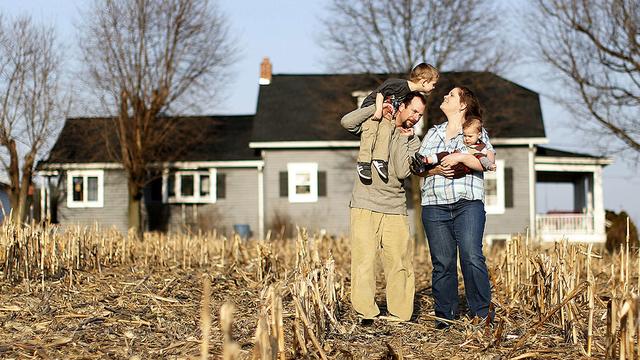The need for workers to have access to paid family leave is especially acute in rural areas of Minnesota, according to a new research report by the Humphrey School of Public Affairs’ Center on Women, Gender, and Public Policy.
A shortage of childcare and eldercare providers, along with older populations and greater distances to medical care, are some reasons why rural workers might need to take time off to care for a family member, says Debra Fitzpatrick, co-director of the Center and the author of the report.
"At the same time, rural employers struggle to provide paid family leave because they’re often smaller in size and have less flexibility than larger employers in urban areas,” she says.
According to the Census Bureau’s American Community Survey, some of Minnesota’s most rural counties have the highest percentages of working mothers with young children.
Fitzpatrick says working women in rural areas have fewer options for workplace flexibility such as telecommuting, and that’s compounded by less access to pay while on leave.
Federal law allows eligible employees (about 60 percent of the workforce) to take unpaid time off to care for themselves, a sick family member or new child. But many workers, especially in rural communities, can’t afford to forego their paycheck.
"In my area of the state and throughout rural communities, infant care shortages are acute," said Nancy Jost, Director of Early Childhood for West Central Initiative, a regional community foundation based in Fergus Falls. "Workers are really struggling to provide care for their new babies without losing the income their families depend upon. A well-designed paid family and medical leave program could take some of the pressure off the childcare system in a win-win way, benefiting workers, employers, and babies."
The report considers policy design decisions to ensure rural access if the state creates a social insurance program, similar to unemployment compensation, to cover the cost of paid family leave. It would be funded by employer and employee premiums averaging less than $2 per week.
Workers would receive, on average, 66 percent of their wages for up to 12 weeks of leave for birth, adoption, and serious health conditions facing them or a family member.
"This policy approach has the potential to address two related trends causing economic disparities and instability in rural areas of the state: an increased need for family and medical leaves, and at the same time less access to financial resources during leaves," Fitzpatrick says. "A better understanding of those two trends helps us ensure that a new state program will provide equal opportunities for workers and employers, regardless of zip code."
The research brief builds on a larger study completed by the Center and partners for the Minnesota Department of Employment and Economic Development in 2016.
The brief will also inform the design process in several other states and at the federal level. Fitzpatrick notes that six other states, and most countries around the world, have similar paid family and medical leave social insurance programs in place.



